3 easy & fun day trips from Kuala Lumpur
- Kimberly OLeary
- Aug 19, 2023
- 7 min read
Updated: Oct 20, 2023
As we bid Kuala Lumpur adieu, I wanted to discuss several day trips we took when we were staying in KL. Each of them was fun & easy to arrange. All three trips got us out of the city and driving through the countryside.
Batu Caves
Batu Caves is the closest day trip we took. The caves are about 14 km from the city, and take under a half hour (depending on traffic) to get there. We used a ride app and the cost was very reasonable.
The caves are the site of a Hindu shrine. There are several things that are remarkable about the caves. First is the huge statue of Murugan, a deity associated with Tamil people. The Indian people who settled in Malaysia are from the Tamil region of India. Murugan is usually depicted as youthful, and his legend says he aged quickly from childhood to become a philosopher-warrior; he is said to have inspired many poets. He is shown with peacocks, and we saw many peacock images in the shrine, as well as live peacocks on the grounds. The second remarkable feature is that the shrine is built inside a large limestone cave. The third is that you have to climb up 272 steps to reach the cave shrine.

I was happy to meet that challenge, not only to walk up all 272 steps but also to walk down the steep stairs consisting of 272 steps. Anyone who knows me knows I have a fear of heights so this was a big deal for me.

Paul upped the challenge by carrying a brick - a request made at the bottom to help with renovations. He thought that was a great idea - to ask individuals to carry one brick each to ease the workload of the renovation crews. Inside were colorful displays, images and live monkeys. Outside is a series of dioramas of Hindu imagery.
Melaka
Our second trip was to the port city of Melaka. This city played an important role in world history, and for centuries was the most important city in the region. Melaka is located on the strategically important Straits of Melaka (spelled Malacca in most English accounts). The city was founded by a Malay Hindu prince named Paramaswama, who was fleeing Singapore (then Singapura) in 1402; the prince was trying to cross a river. His dog accosted a mouse deer and the mouse deer was said to have kicked the dog in the river. And yes, a mouse deer is a real animal that looks like this:

The sultan, impressed by this display of strength by such a small creature, founded a city there. He named the city after the Melaka tree where he was sitting when this happened. The mouse deer is depicted on the city seal.
Paramaswara created a rich city by taxing ships seeking port in the city. Chinese ships came in 1403. He married a Persian princess and changed his name to Iskandar Shah, establishing an Islamic sultanate, which became quite prosperous. Paramaswara and his wife traveled to China, and Chinese culture became interwoven into Melaka life. There are still some of the structures from that era, as well as new buildings that reference the old pointed roofs. We also saw an excavation site from the old city.
There were many mixed marriages of Chinese men who traveled there and Malay women. Those marriages produced a large ethnic group called Paranakan, locally called Baba-Nyonya. This word is a combination of "baba" (Chinese man) and "nyonya" (foreign married woman in Malay). We ate lunch at a Baba-Nyonya restaurant.

A hundred years after the Melakan Sultanate was established, the Portuguese conquered the city. They ruled from about 1511 to 1641, when they were ousted by the Dutch. We visited a Catholic church that is attended by descendants of the Portuguese. You'll note from the date (1710) this church was actually built under Dutch rule, but by the Portuguese living there. You can also see a replica of an old Portuguese sailing ship of the era, which now houses a maritime museum.
The Dutch rule from 1641 to 1824 created the red buildings that are the hallmark of Melaka today. Red Square, also known as Dutch Square, is at the heart of the old city. These buildings served as administrative headquarters. The Dutch churches were protestant.
Chinatown is another part of the old town. There, you will find the Jonker Walk (Gentleman's walk), many Chinese shops and restaurants, Chinses temples and the old Kampung Kling Mosque built by Tamil workers in 1742 and combines Chinese, Malay, Sumatran, Victorian, and Hindu styles. I had to wear a proper covering, which was provided to me.
We visited the ruins of the Church of St Paul, located at the top of a hill overlooking the port. The church was built in 1521 by Portuguese, then reconsecrated by Dutch in 1641. The church was deconsecrated when a new Dutch church was built in Dutch Square. Many famous people are buried there. This was a really cool place and I highly recommend going there.
Coming down the hill, we see some vestiges of the British rule from 1826 to WWII and a museum dedicated to the original Sultanate. Melaka was ruled by Japanese for two years during WWII, then recaptured by the British. From 1946 it was part of a federation in Malaysia which resulted in full independence and officially joining Malaysia in 1963.
Melaka is a UNESCO World Heritage City because of its rich history, architecture from many different time periods, strategic location and current vibrant culture. It is a testament to the power of cultural mixing to achieve a wonderful local culture. We visited by booking a day trip tour through Viator, which connected us to Ivy Holidays, a local tour company. Our tour guide, Johnson, was extremely knowledgeable and personable. This is a long day tour - from 8am to 8pm end to end. The bus was air-conditioned and reasonably comfortable although Paul who is 6' found it less comfortable than I. Included was a local Baba-Nyonya lunch and bottled water. Cost: $45 USD per person. We enjoyed meeting other people - often in our nomad life, we talk mostly to each other. Two young women - Amy from California and Kimberly from the Netherlands were especially fun to converse with! Looking at the group photo, Amy is the smiling young women slightly up and to my left, and Kimberly is slightly up and to Amy's right, facing the photo.
Genting Highlands
Our third trip was to the Genting Highlands, about an hour outside of KL. The highlands are located in the Pahang state, and you drive out of the KL federal territory through Selangor to get there. The highlands are mountain regions. This area is known for a Buddhist temple halfway up the mountain, which you can reach in a cable-car or automobile. The top has a massive indoor mall with a giant amusement park and a hotel that boasts the largest number of rooms in the world, according to the Guinness Book of records. We booked this tour on Viator, leaving KL about 8am and returning around 6pm. This trip had a much smaller bus, not very comfortable for either of us. The driver was nice and friendly but didn't do much in the way of tour-guiding. He dropped us off at the bottom of the cable-car and we had to meet back there four hours later. We did enjoy wandering as we pleased. The price was $38 USD per person, which included transport and cable car tickets. You could probably do this cheaper by taking a local bus to Awana station or a Grab during non-peak hours, and buying cable car tickets yourself. Below are photos of the mountain roads and the entry from Selangor back into the KL territory.
The highlight for us of this trip was the Buddhist temple at the first cable-car stop. The Chin Swee Caves Temple was built by the owner of the resort and mall located at the top of the mountain. Construction began in 1975 and the temple opened in 1994. The founder was born in a village in China, and the site reminded him of that village, which had a shrine to Chin Swee. The pagoda, statues, and other structures are beautiful and majestic in scale. The jungle and mountain backdrop is lovely. It is well worth the visit. There is a Starbucks on site -and before you judge - the Malaysian Starbucks have upped their game considerably. The coffees offered are delicious, and can be ordered chemex-style as well as the sugary drinks we have in the U.S. Let's just say the chemex-inspired coffees were part of our personal paths to enlightenment that day!
The second stop on the cable car is the Genting Highlands Resort. This massive mall has restaurants, stores, an amusement park and a hotel. Our favorite part was eating at a dumpling restaurant. The food was nothing short of amazing. I wanted to stay for days just to keep eating!
It is typical of Malaysian culture that the three spots we visited highlighted all of the major cultures and religions. Batu Caves is Hindu, Melaka has a vast history of Islam, Confucianism, & Christianity. Genting Highlands puts emphasis on Chinese Buddism. Malaysian culture blends these and more to create unique food, attire, and architecture. The people are warm and friendly. We thought all three trips were well worth the time and money. We've also heard a lot about visiting the Cameron Highlands, but didn't want to cram in too much in our one-month stay so opted not to go there. If we go back to Malaysia, we'd like to explore George Town, Penang & Borneo, both places we've heard a lot about. But, those aren't day trips - they require their own base.
We bid Malaysia adieu from our short vacation in Hoi An, Vietnam, where we are currently staying. We hope to return.









































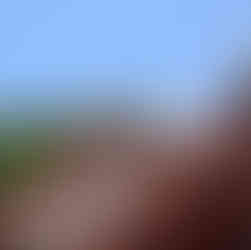










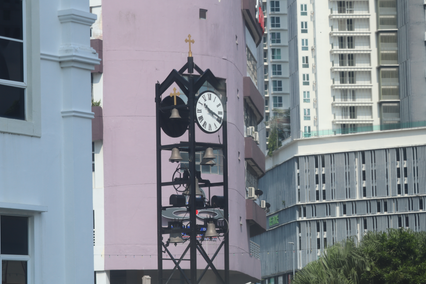



























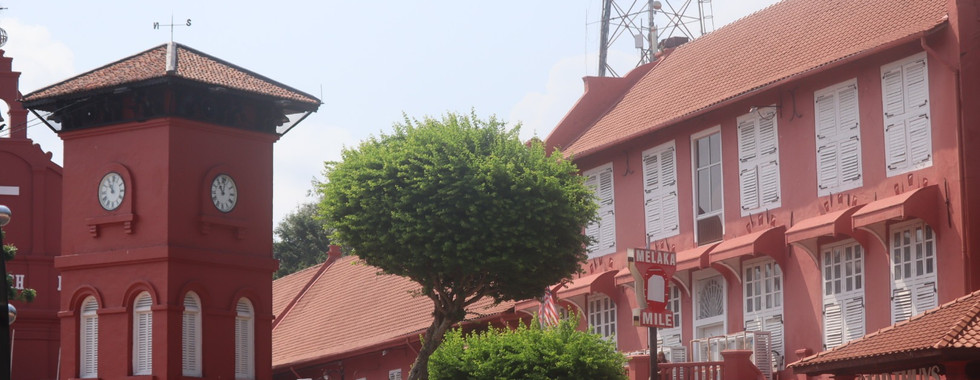
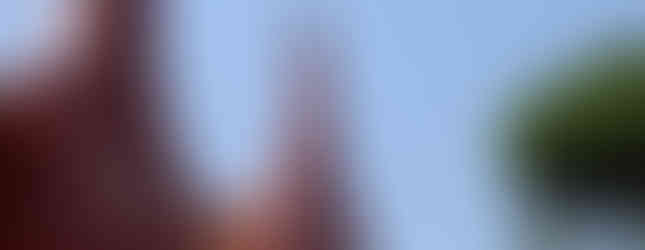



























































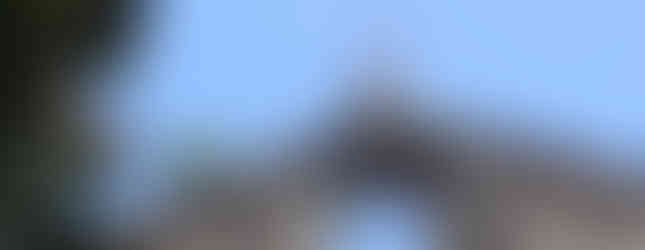





















































































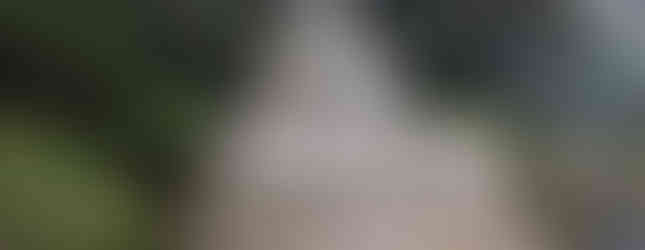



























































































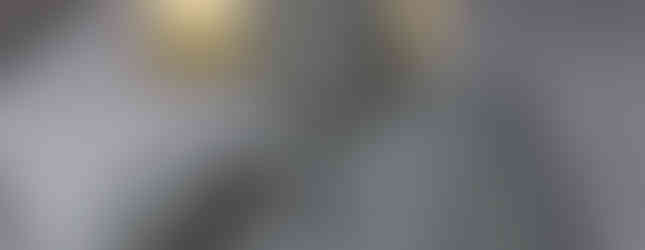





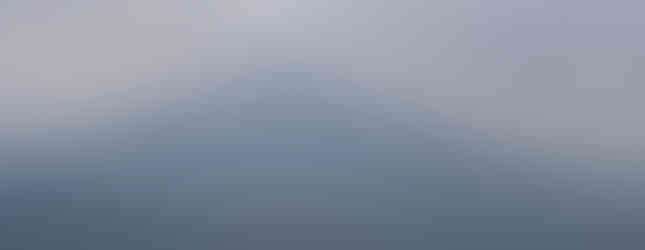























































believe it or not, I visited Melaka about 25 years ago but I learned much more from your descriptions and explanations!
i also spent a few nights in Cameroon Highlands (where they grow lots of tea). I joined some people who were staying a fancy hotel and it was lovely. But I’m sure you have to make lots of choices!! Enjoy Vietnam! 😘
Beautiful photos. Thank you for taking us with you! Are the schools secular or do communities educate from within? Love the symbolism of carrying a brick as you engage with the site!